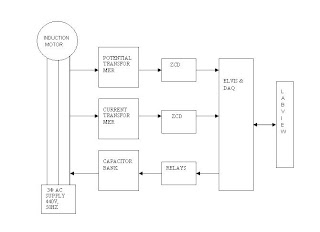I have been a long fight with viruses in my computer system. So, i could not continue my blogging on technical topics. All of sudden my system was functioning so slow. I could not find how to rectify from this problem. I was using a trial version anti virus software installed in my system. I was also struggling with other trial version anti virus software. It could able to detect the viruses, however it could not remove the viruses.
Finally i decided to buy licensed version of anti virus software. I bought a new Internet Security 2009 anti virus software. Before that i formatted my computer system C drive. Then After installing the OS, i installed my new antivirus software. After updating the antivirus software, i had a complete computer scan. It is so terrible to see the result of scanning, my files has had thousands of viruses. Now my system is completely free from viruses.
Finally, i inferred that only a licensed antivirus could remove all viruses from the system, so we can safely run our computer system
Finally i decided to buy licensed version of anti virus software. I bought a new Internet Security 2009 anti virus software. Before that i formatted my computer system C drive. Then After installing the OS, i installed my new antivirus software. After updating the antivirus software, i had a complete computer scan. It is so terrible to see the result of scanning, my files has had thousands of viruses. Now my system is completely free from viruses.
Finally, i inferred that only a licensed antivirus could remove all viruses from the system, so we can safely run our computer system








